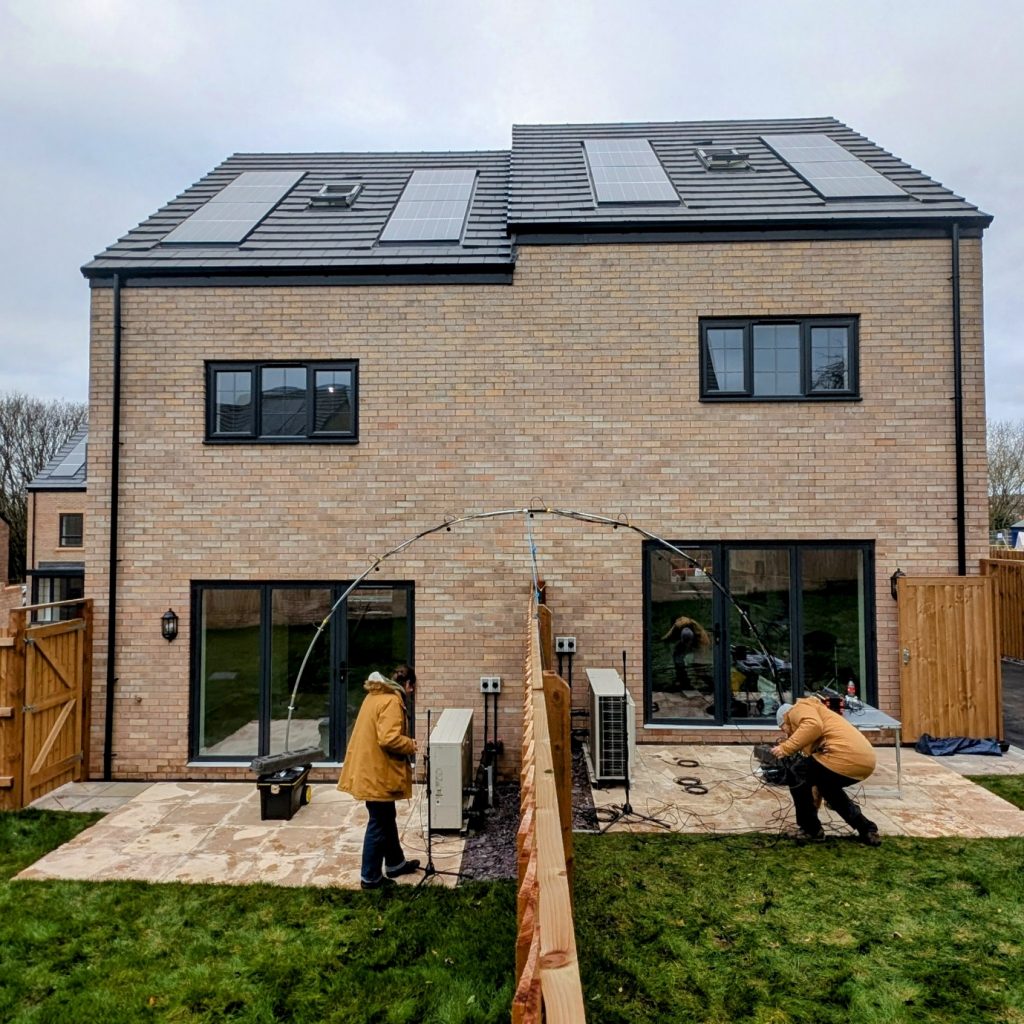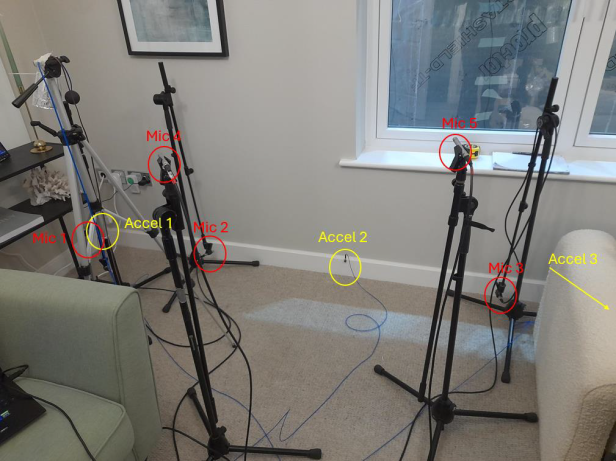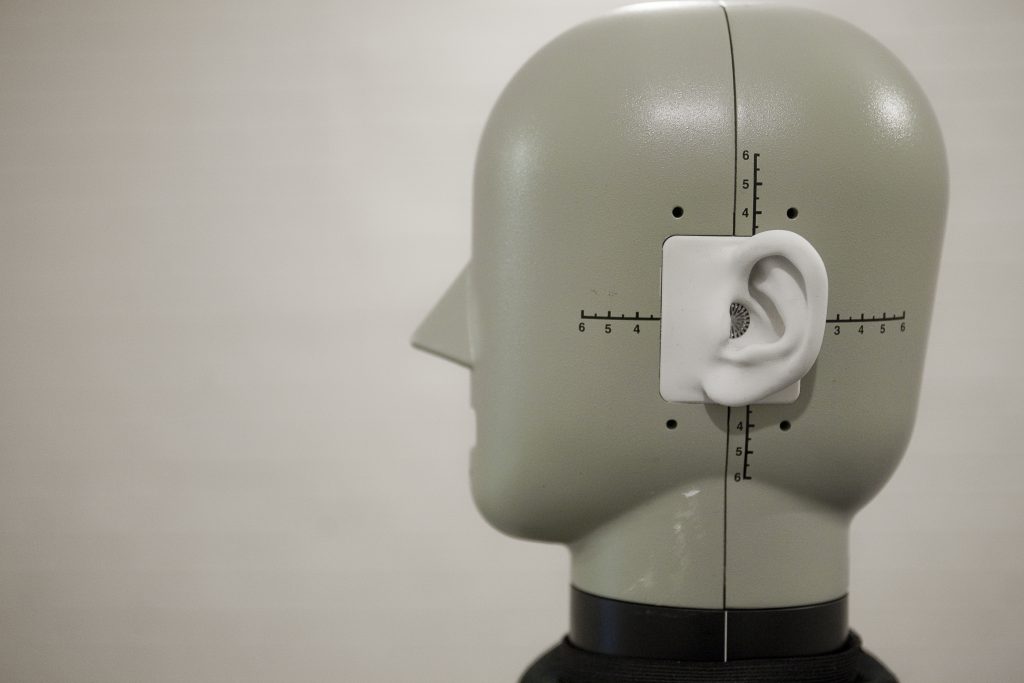Future Homes (Acoustics)
With over £3.54m of support from the UK’s innovation agency, Innovate UK, the Future Homes project aims to create a globally competitive centre for research and innovation in net zero housing in Greater Manchester, by supporting innovators in bringing novel low or zero technologies to market. Within this project, the Acoustics research team at the University of Salford is investigating sound (noise) and vibration issues associated with low carbon technologies including heat pumps. The project is being delivered by a partnership between the University of Salford, Barratt Developments, Bellway Homes, the Energy Innovation Agency, Q-bot, RED Cooperative, RSK Environment, Saint-Gobain and the University of Manchester.
The pilot Innovation Accelerator (IA) programme is investing £100m in 26 transformative R&D projects to accelerate the growth of three high-potential innovation clusters: Glasgow City Region, Greater Manchester, and West Midlands. In 2025 it was announced that the IA programme has been extended by £30m for 2025/26. The Future Homes project will now run until March 2026.
Central to the project are the unique research and testing facilities at the University of Salford. The world-class acoustic facilities are designed to meet the highest technical specifications and the requirements of measurement standards. Each space is supported by one of the largest acoustics research groups in the world and the hands-on expertise of specialist technical staff. The Future Homes project enables innovators to access academic expertise and the unique facilities at the University of Salford Acoustics and Energy House Labs to test and verify their technologies.
In July 2025, we ran an Air Source Heat Pump (ASHP) noise policy workshop at the University of Salford, bringing together key stakeholders from across the UK. You can read more about the event here. We shared a policy brief, which can be found here.
In September 2025, we published a report on our research undertaken in collaboration with the Heat Pump Association on field assessments of heat pump noise. You can find more information here.
On 26th November 2025, we launched a survey of ASHP engineers with the support of the Chartered Institution of Building Services Engineers (CIBSE) Domestic Building Services Panel (DBSP). The focus is on sound and vibration issues. The deadline is 31st January 2026. If you would like to assist us with distributing the survey, please contact Dr Simone Graetzer at s.n.graetzer@salford.ac.uk. You can find more information here.
CASE STUDIES
Case studies undertaken during Phase 1 of the Future Homes Project (Acoustics) included a wide range of low-carbon and net-zero oriented domestic infrastructure products.
Case study 1: laboratory measurements of sound power and intensity were performed using Microflown Scan and Paint 3D for the determination of sound power and directivity of an external ventilation unit (Figure 1).

Case study 2: a field study in collaboration with the Heat Pump Association (HPA) was conducted to determine ASHP noise in-situ (Figure 2). This included testing using an arc of microphones for the determination of cumulative noise from ASHPs, as well as measurements of sound at neighbouring properties due to a single ASHP. This work was followed up in Phase 2 with measurements of multiple ASHPs at multiple neighbouring properties.

Case study 3: during testing at Energy House 2.0, a radiator skirting board was found to make noises due to expansion. The acoustics team measured the skirting board noise and vibration before and after design amendments (Figure 3) to determine that the problem had been resolved.

CONTACT
For more information on Future Homes Acoustics activities and to discuss potential collaboration, please contact:
- Physical measurements and modelling: Dr Jon Hargreaves, j.a.hargreaves@salford.ac.uk
- Psychoacoustic measurements and modelling: Prof. Antonio J. Torija Martinez, a.j.torijamartinez@salford.ac.uk
- Policy engagement and surveys: Dr Simone Graetzer, s.n.graetzer@salford.ac.uk


